Generative AI Product Prototype Illustration: Revolutionizing Design and Development
It is now crucial to create goods quickly and efficiently in the fast paced tech world of today. This demand has given rise to a powerful tool, generative AI product prototype illustration. Generative AI takes the best from the world of design and combines it with machine learning speed to provide highly complex and innovative prototypes. In this sense, companies can never be complacent without it if they desire to increase their pace of design and improve their product development.
What is Generative AI Product Prototype Illustration?
Generative AI product prototype illustration is defined as the algorithms of AI, which generate a product prototype from some design parameters. The algorithms use an analysis of large data, learning patterns, and styles to create an illustration based on a set of requirements. For example, if a team wants to prototype a smart watch, they input criteria like size, shape, and function, and generative AI quickly provides multiple design options.
This approach not only saves time but also encourages innovation. Generative AI can help designer test new ideas without a necessity to constantly start from a blank piece of paper. Any person can participate in the prototyping stage and offer preliminary visualizations that can be further developed with the help of Generative AI.
How Does It Work?
Generative AI product prototype illustration relies on machine learning models, particularly deep learning networks. These networks are trained with design data, including images, sketches, and 3D models. After learning from this dataset, the AI can produce new illustrations based on input criteria.
The steps typically involve.
Data Collection
A large set of design data is gathered. This includes previous prototypes, market trends, and style guidelines.
Model Training
The AI is trained using these datasets, learning what makes designs effective.
Input Parameters
Designers enter specific requirements for the prototype, such as dimensions, color schemes, or functionality.
Illustration Generation

The AI generates a range of illustrations, each meeting the given specifications but offering unique variations.
Refinement
Designers can review and refine these illustrations, making adjustments until they achieve a final prototype.
Benefits of Generative AI in Prototyping
Using generative AI product prototype illustration offers several key advantages.
1. Accelerated Design Process
Generative AI speeds up the prototype creation phase, generating multiple design options in minutes. This fast turnaround allows companies to shorten product development cycles significantly.
2. Enhanced Innovation
By analyzing diverse design data, AI suggests unique, often unexpected ideas that encourage creativity. This fosters innovation by expanding design possibilities beyond typical human created prototypes.
3. Cost Savings
prototyping through automation reduces the manual designing effort which is expensive and costly in terms of use of drawing boards and excessive corrections costs. Companies utilize less time and resources with the help of AI designs.
4. Personalized Designs
Generative AI enables customized prototypes based on user preferences or market trends. Tailored products better align with user needs, increasing their appeal and market success.
5. Broad Application Across Industries
This technology is widely applicable from automotive to healthcare. AI Generative adapts to different sectors, helping companies create efficient, industry specific designs that meet functional and aesthetic requirements.
Generative AI product prototype illustration thus offers transformative advantages, from rapid design to innovative customization.
Generative AI in Various Industries
The applications of generative AI product prototype illustration are vast and span multiple industries.
Automobile Design
Generative AI in the automobile industry helps to come up with improved aerodynamics and great-looking car parts and exteriors. Quickly, it presents options that may optimize aerodynamics and reduce weight, thus enabling companies to test designs that could enhance the performance and safety of their vehicles.
Healthcare Prototyping

Healthcare Prototyping
Generative AI can be a key in health, as it can help in producing friendly medical appliances, such as ergonomic surgical tools. AI can simulate equipment that meets the criteria of regulatory standards, carrying immense attention to the comfort of the patient and the ease of use of the equipment.
Fashion and Garment

Generative AI helps generate clothes and shoes that fashion designers design and use. They can now produce trending garments and footwear prototypes using generative AI, thereby providing unique patterns and shapes to designers for quicker production cycles.
Architecture and Interior Design
In architecture, generative AI helps architects visualize complex building designs, considering factors like space optimization and environmental impact. This technology allows for sustainable and creative solutions in urban planning and home design.
Generative AI’s adaptability across industries supports faster, customized and efficient product development.
Challenges and Limitations
Despite its benefits, generative AI product prototype illustration does come with some challenges.
Data Dependency
High-quality, diverse datasets are crucial. Without these, the AI might produce biased or limited designs.
Interpretation Issues
At times, the designs produced can be too complex or infeasible and require a lot of modification.
Absence of Humanity
Even though an AI is inventive, it may not possess the instinct and sociocultural understanding that a designer has.
How Companies are Leveraging This Technology
Many companies, from tech giants to startups, are embracing generative AI product prototype illustration. Notable examples include.
Tesla
Uses AI to prototype vehicle parts for improved aerodynamics and safety.
Nike
Applies generative AI in footwear design to enhance performance and comfort.
IKEA
Experiments with AI-driven furniture designs to appeal to diverse customer preferences.
Future of Generative AI in Product Illustration
Generative AI product prototype illustration is expected to evolve even further. This could be further seen in the integration of models into the design process, when AI models become even more sophisticated and operational in the future, so that we can expect changes in designs to accommodate alterations in requirements.
Also, AI could be used in customizing a product for which a series of designs are created for unique customers. Going hand in hand with AR, AI will be able to enable designers to view mere prototypes in 3D. This will undoubtedly become a much more enhanced design experience.
Pros and Cons of Generative AI Product Prototype Illustration
| Pros | Cons |
| Speeds up the design process | Relies heavily on quality data |
| Encourages innovative, unique designs | Can produce impractical designs |
| Cost-effective for companies | Sometimes lacks a human creative touch |
| Supports customized, user-centered design | May have bias if trained on limited data |
FAQs
Q1: What is generative AI product prototype illustration?
It’s the use of AI to create prototype designs for products based on specific parameters, helping speed up and innovate, the design process.
Q2: How does it benefit product development?
It accelerates design, encourages creativity, and reduces costs, allowing for more experimentation and customization in prototypes.
Q3: Can AI completely replace human designers?
No, AI complements designers but lacks the human intuition and cultural sensitivity that designers contribute.
Q4: In which industries is this technology most popular?
Automotive, healthcare, fashion, and architecture are notable industries leveraging AI for prototyping.
Q5: What are the main challenges with this technology?
Data quality is crucial, and AI can sometimes generate impractical designs or lack the human touch in creativity.
Conclusion
The idea of Generative AI product prototype illustration is revolutionizing how products get conceptualized and designed. The synergy of AI’s ability to innovate fast with human creative forces promises businesses a more efficient way of creating appealing, functional products. As AI evolves, it will still reconfigure the design field, offering designers and end users even more vibrant solutions.
This is the kind of future envisioned and implemented for design and prototyping a future in which human designers collaborate with AI to build tomorrow’s products.
Read more Article About AI & ML and other Categories at The Digit Ad


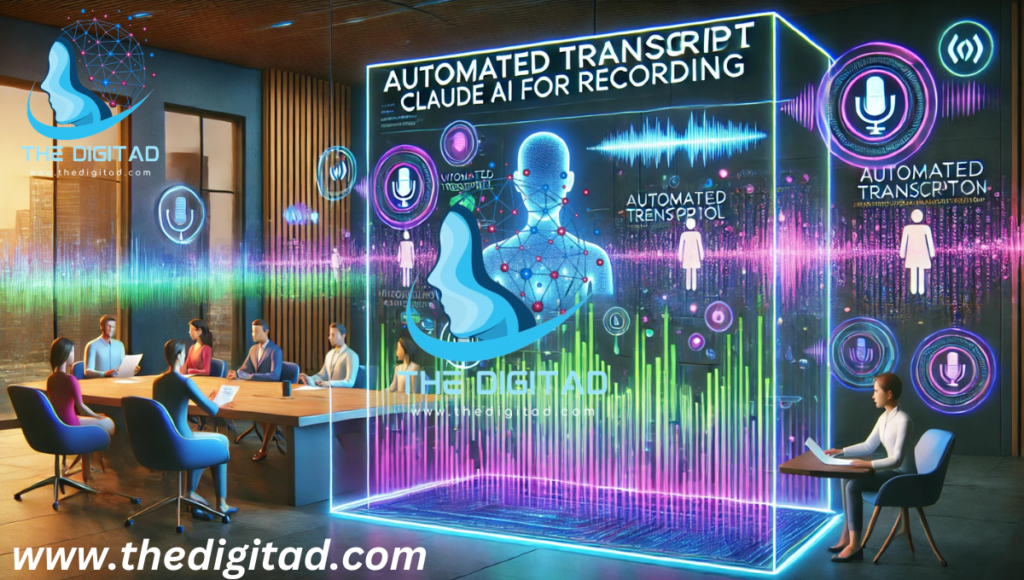
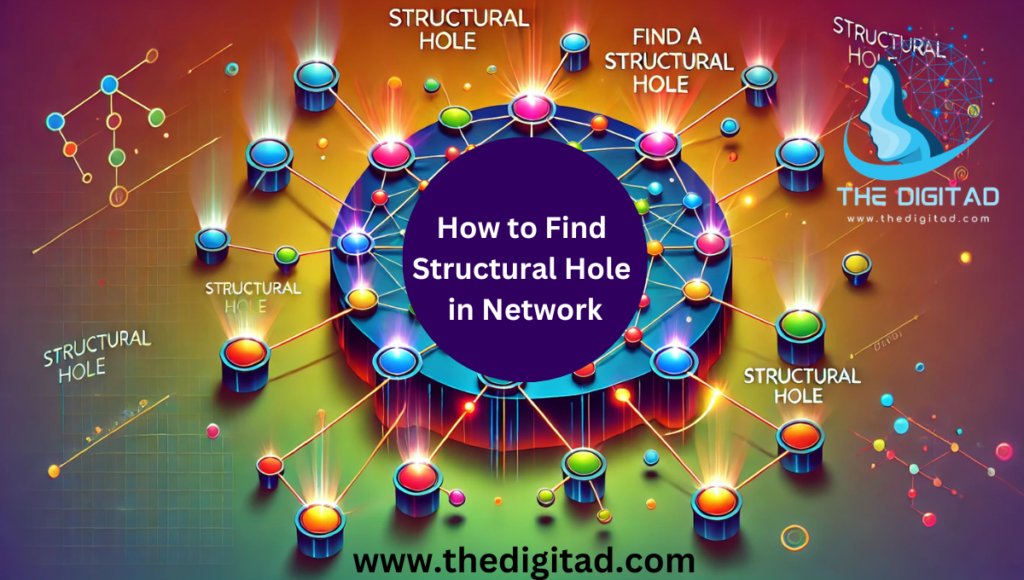


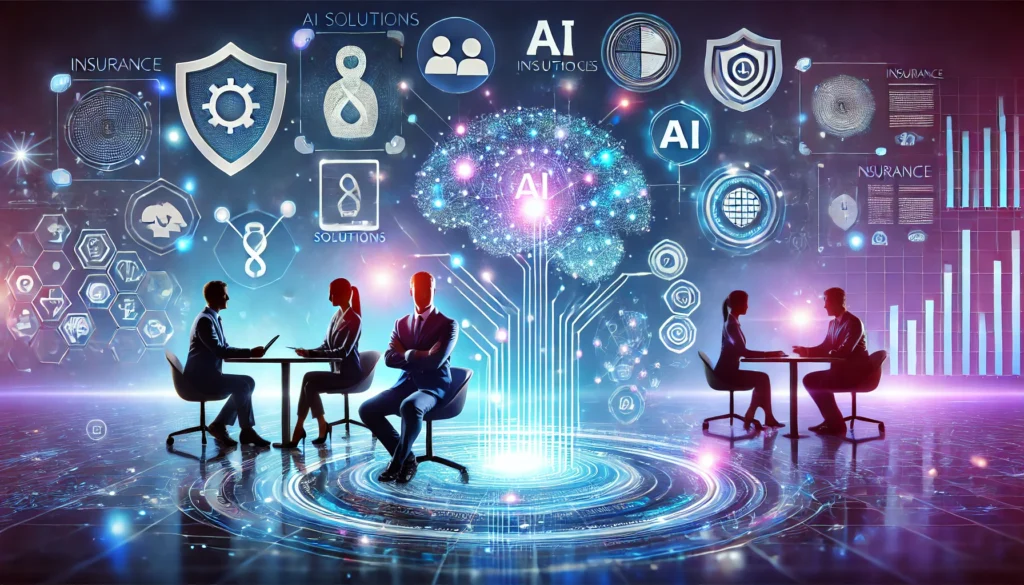
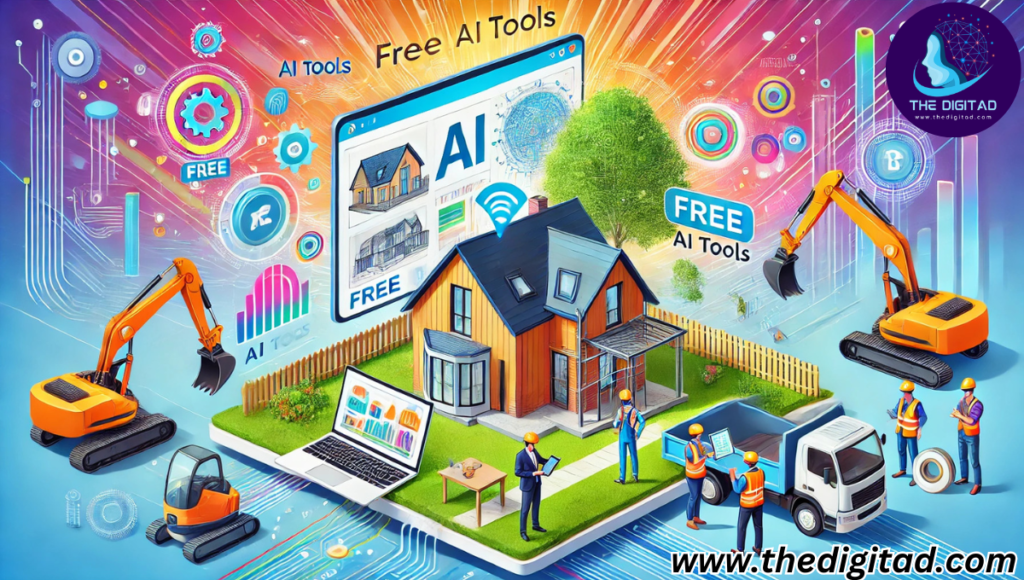
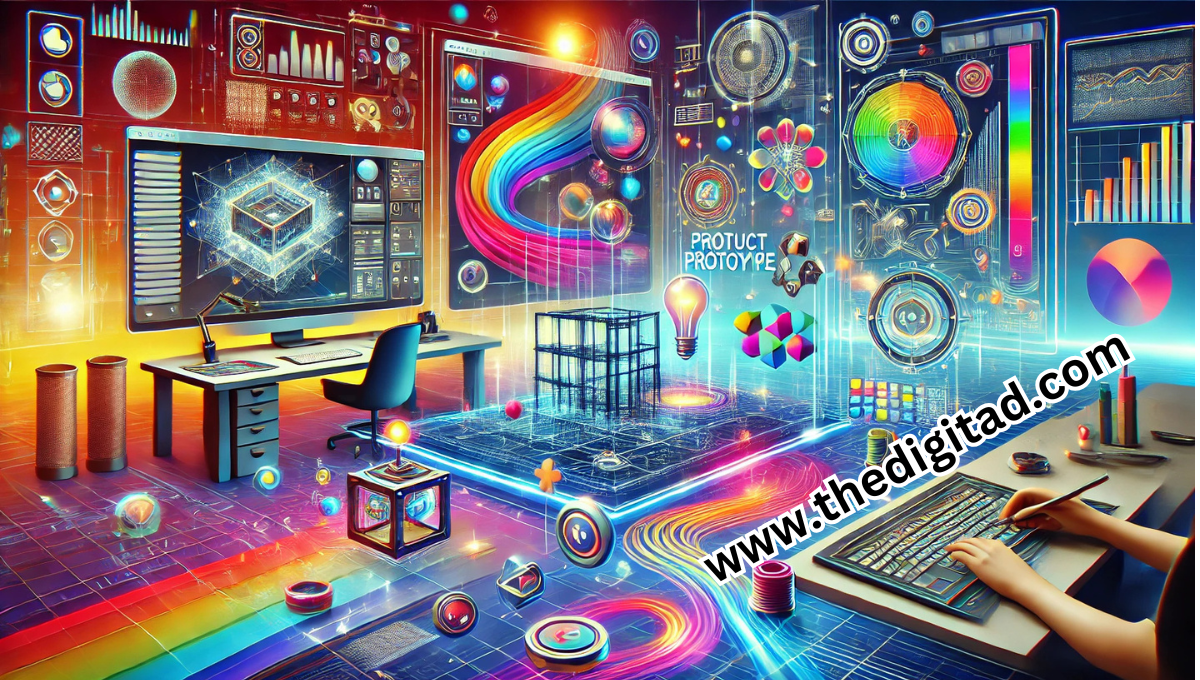
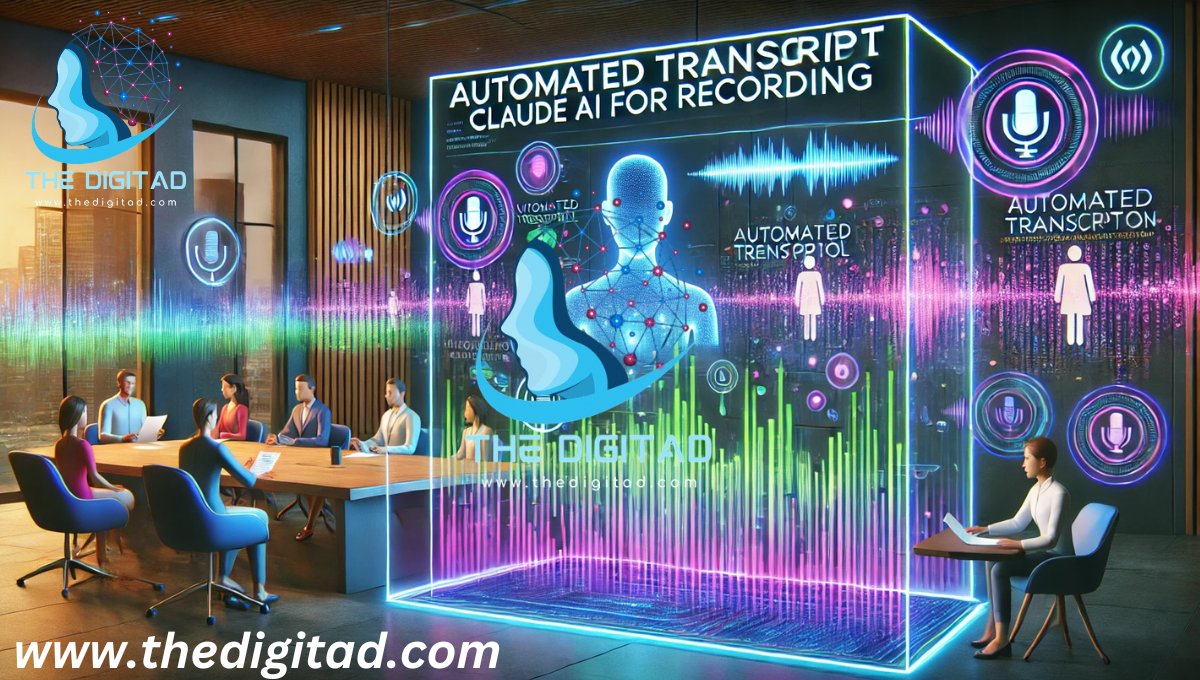
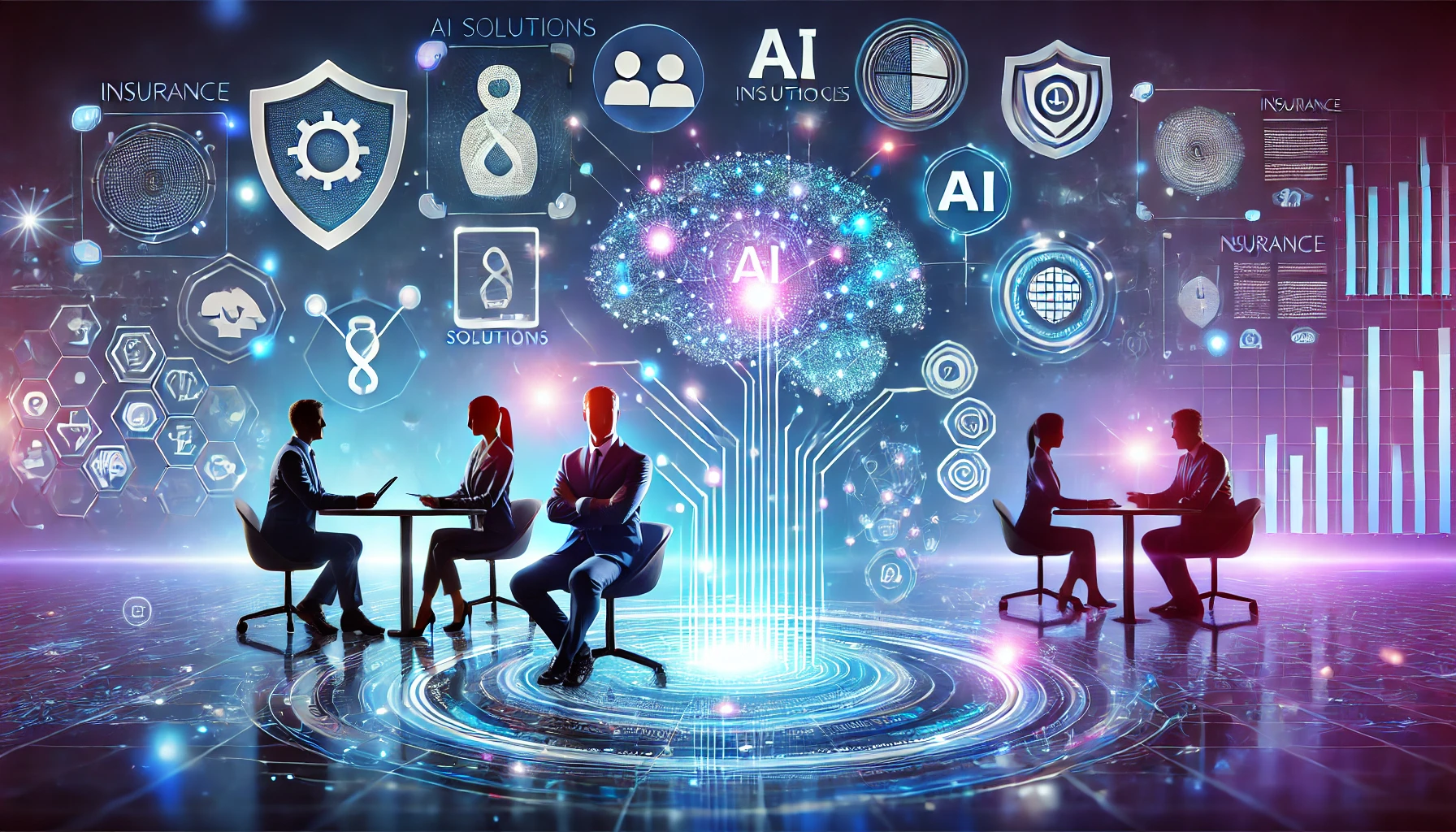
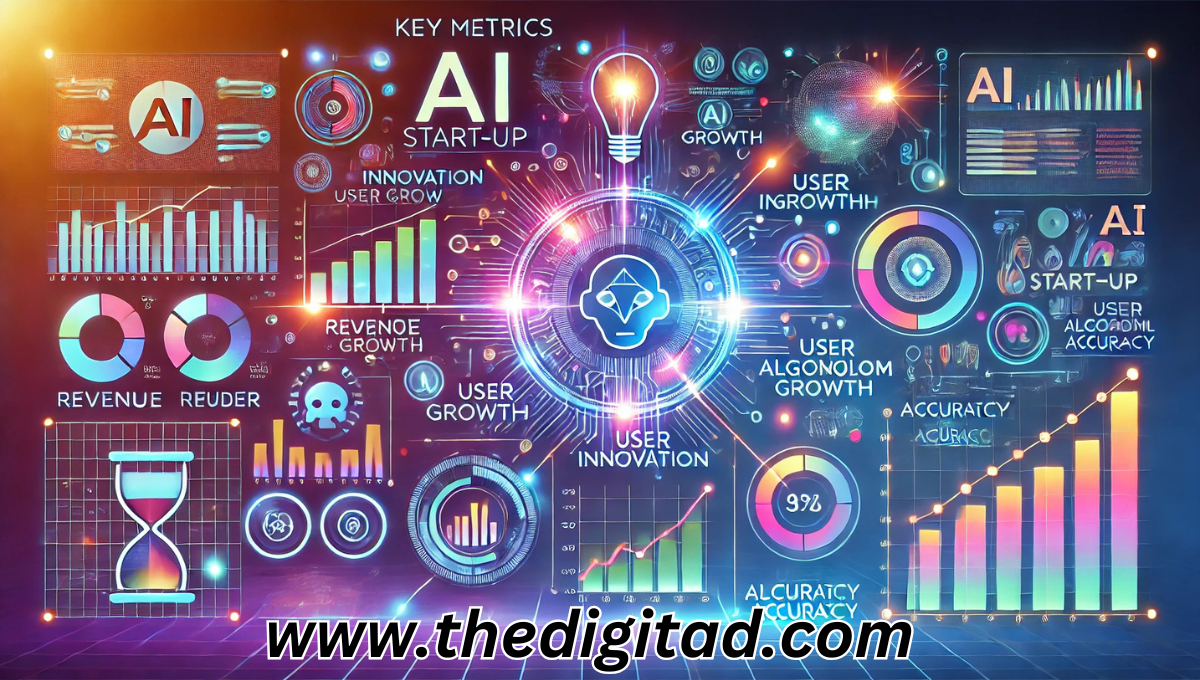

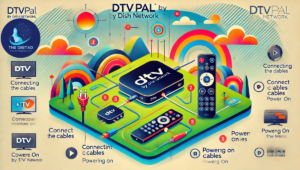
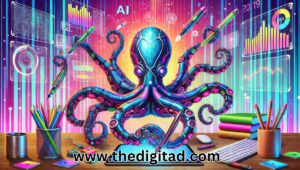
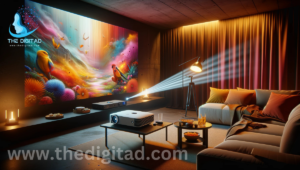



Post Comment